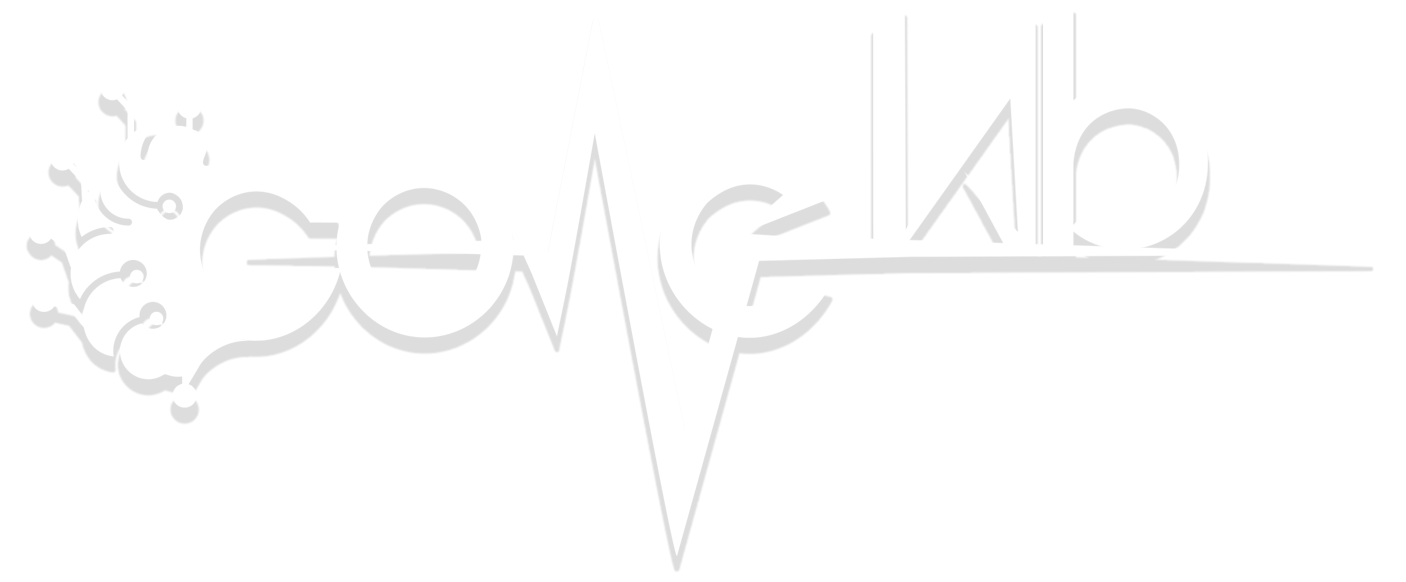Welcome to ConeLab
We are a group of neuroscientists and engineers at the University of Calgary in Alberta, Canada
Research Questions
How we make sense of the world around us?
Often mere hundreds of milliseconds elapse between the onset of a visual input and the resultant behavioural response. In the time between the arrival of light at the retina and the contraction of muscles, information propagates through a variety of sensory, sensorimotor, and motor nodes to accurately estimate the current state of the world and direct our upcoming actions. One broad goal of our research is to understand how the information that is used for guiding behaviour is read out (decoded) from neuronal populations at different nodes across the visual system to support visually-guided behaviour.
What are the constraints that limit signal decoding from neuronal populations?
Just as quarks form the fundamental constituents of matter, we are interested in understanding the aspects of population activity that form the basic building blocks of perception. For example, how many neurons must be co-active to generate a detectable percept? How far apart can these signals be distributed in space and time to generate perception? This line of research involves targeted activation of neuronal populations in behaving subjects. Here, the experimenter controls which neurons and periods of activity are relevant to behaviour and the behavioural reports tell us whether the activation patterns can be perceived. Our hope is that this work could inform the design of next-gen neuroprosthetic devices.
What are the neurobiological mechanisms underlying perceptual learning?
Both animals and humans have a remarkable ability to improve their ability to detect or discriminate sensory input with repeated practice, a phenomenon known as perceptual learning. The neurobiological basis of this intriguing form of adult plasticity is poorly understood. We are actively investigating the learning and plasticity mechanisms that facilitate perceptual learning both in visual cortex and beyond.
To approach these questions, we deploy a range of approaches including (but not limited to):
rigorous behavioural control in visual tasks (psychophysics)
in vivo neurophysiology (electrophysiology, photometry, calcium imaging)
targeted neuronal perturbations (optogenetics, electrical microstimulation)
data science tools (modeling, simulation, machine learning)
engineering practices (control systems design, signal processing)
Paper Highlights







